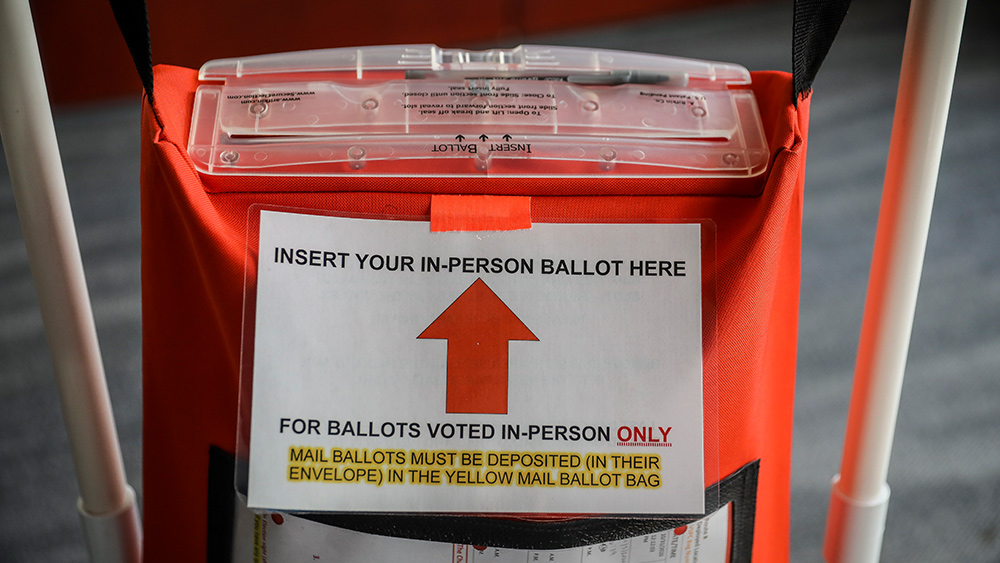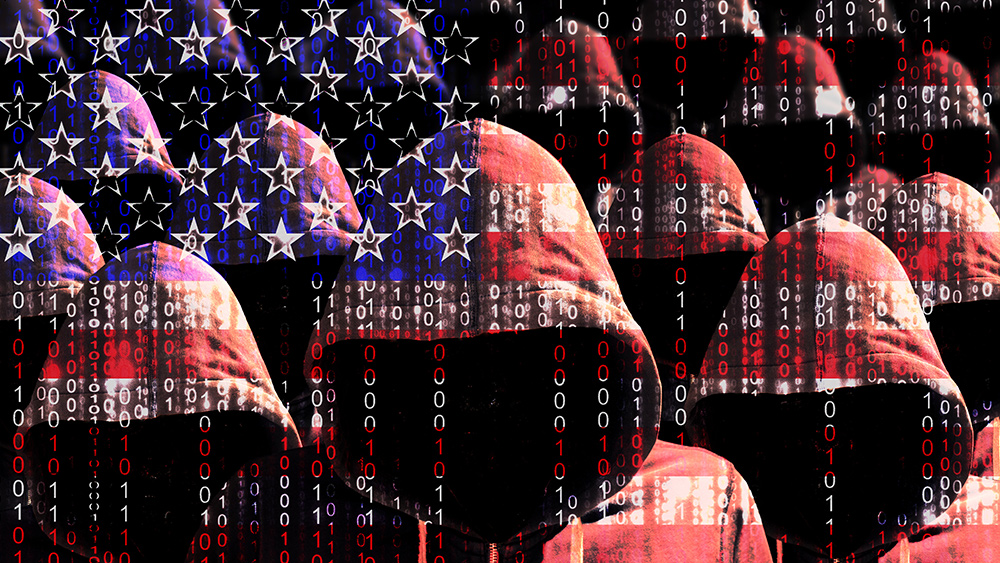
Is there a foolproof, concrete method to conduct a forensic audit of the ballots submitted during the 2020 election? Technology expert, Jovan Hutton Pulitzer, believes there is, using principles found in physics and classical mechanics. He proposes that the ballots undergo a “kinematic audit.”
Kinematic audit would use properties of physics and mechanics to single out fraudulent ballots
Put simply, kinematics refers to the features or properties of motion in an object. A kinematic audit would investigate the underlying forensic evidence that is uniform for all legal ballots printed for the 2020 election. Fraudulent ballots could be singled out based on mechanical inconsistencies. For example, a kinematic audit could detect the prevalence of fake ballots in the ballot supply by looking for a “kinematic fold” that is unique to all the ballots that were mailed out. Every ballot that was mailed out was folded by machines and blown into envelopes. Every legal ballot will contain roller impressions from the postal processing system. A mechanical audit process could detect for this universal evidence of legitimacy, which would be signified by a uniform crease referred to as a kinematic fold.
In some precincts, there is testimony that ballots were fed into the machines in the middle of the night after election day. Any fake ballots that were fed into the tabulation machines could be singled out because they do not contain the kinematic fold. These fake ballots could be flagged and ultimately thrown out.
In order to conduct this audit, it would be best if the military were given exclusive access to all the ballots so they could undergo a kinematic audit. A simple mechanical process could process millions of ballots per day and single out the illegitimate ballots. According to law, the people of the United States own both the paper ballots and the scanned copies of ballots for twenty-two months after the election. The Trump legal team could request that all the ballots be accessed and analyzed for a forensic, kinematic audit.
The kinematic crease is just one method for determining authenticity of the ballot. Legitimate ballots could also be checked for upper-level encoding. In each state, the election council created a set of standards for how the ballot should be printed. During the printing process of the ballots, hidden codes are left behind that signify which printer was used.
Instead of rushing to certify the votes in the face of widespread evidence of election fraud, the states should be required to verify that all ballots counted by the machines contain the same upper-level encoding. Any ballot that was encoded differently came from an unauthorized printer and would be deemed fraudulent. Additionally, all ballots marked by machines will contain perfectly identical, recurring mark patterns that could only be reproduced by machines. Fraudulent ballots could be singled out this was, too.
Kinematic ID algorithm must be used on all ballots and in future elections to systematically weed out fraud
Pulitzer proposes that all ballots be examined using a kinematic identification algorithm that would “identify the parameters of a kinematic model which describes the actual position and orientations of the end-effector in terms of the measured joint positions, and which incorporates the geometrical variations in the structure caused by manufacturing errors.”
This mathematical endeavor would measure the forensics left behind during the manufacture of the ballots and help clarify and analyze various aspects of motion after the ballot was printed. After the ballot is returned by mail, machine ballot counters process them and assign them a unique digital signature. Using kinematic identification, these ballots can be confirmed legitimate through detection of their technological “fingerprint.”
This kinematic algorithm would determine the route ensued by a ballot after it was printed, sent to the voter, handled by the voter, returned by mail, processed by ballot handlers, and counted by Dominion voting machines. The kinematic audit could very rapidly detect printer marks and determine whether ballots were pre-filled for Biden, or whether bubbles were printed. This process would additionally detect whether signatures were printed or hand-written, weeding out automated or print-filled ballots that could have spiked Joe Biden’s vote totals. The process could quickly single out ballots that show forensic evidence of fraud.
These methods could also be employed for all future elections, to hold fraudsters accountable when they try to run up the tabulation total for their preferred candidate.
Sources include:
Please contact us for more information.






















